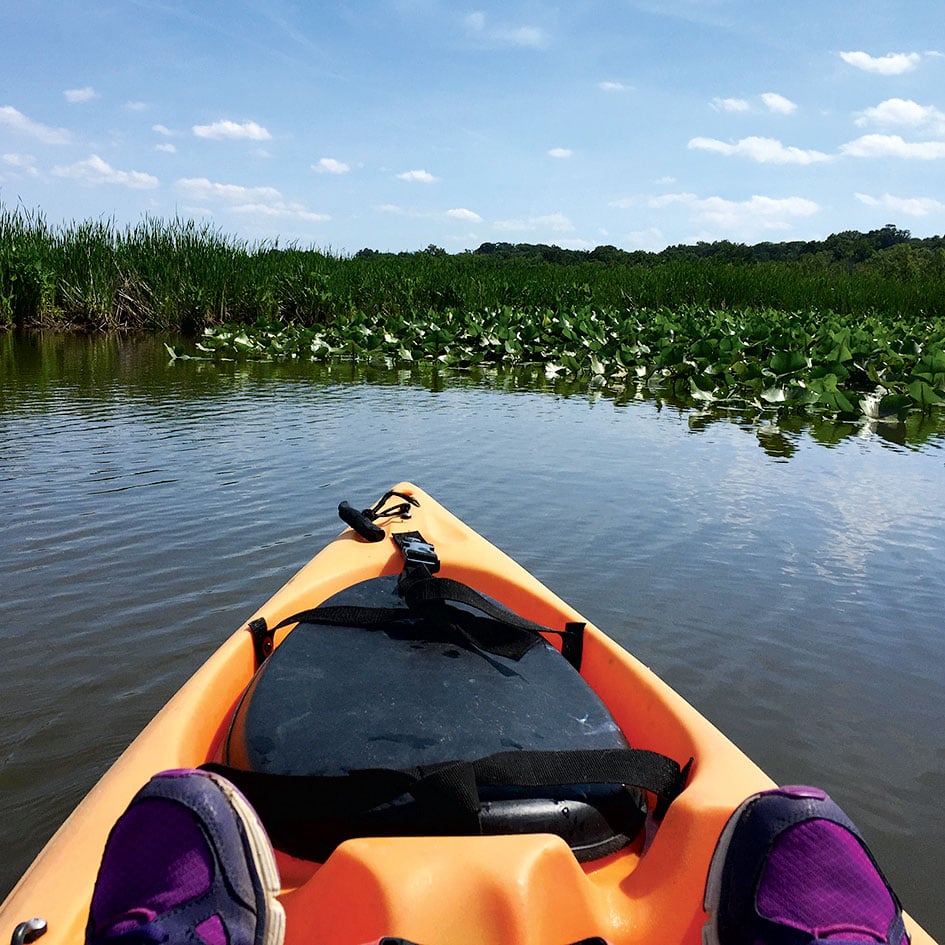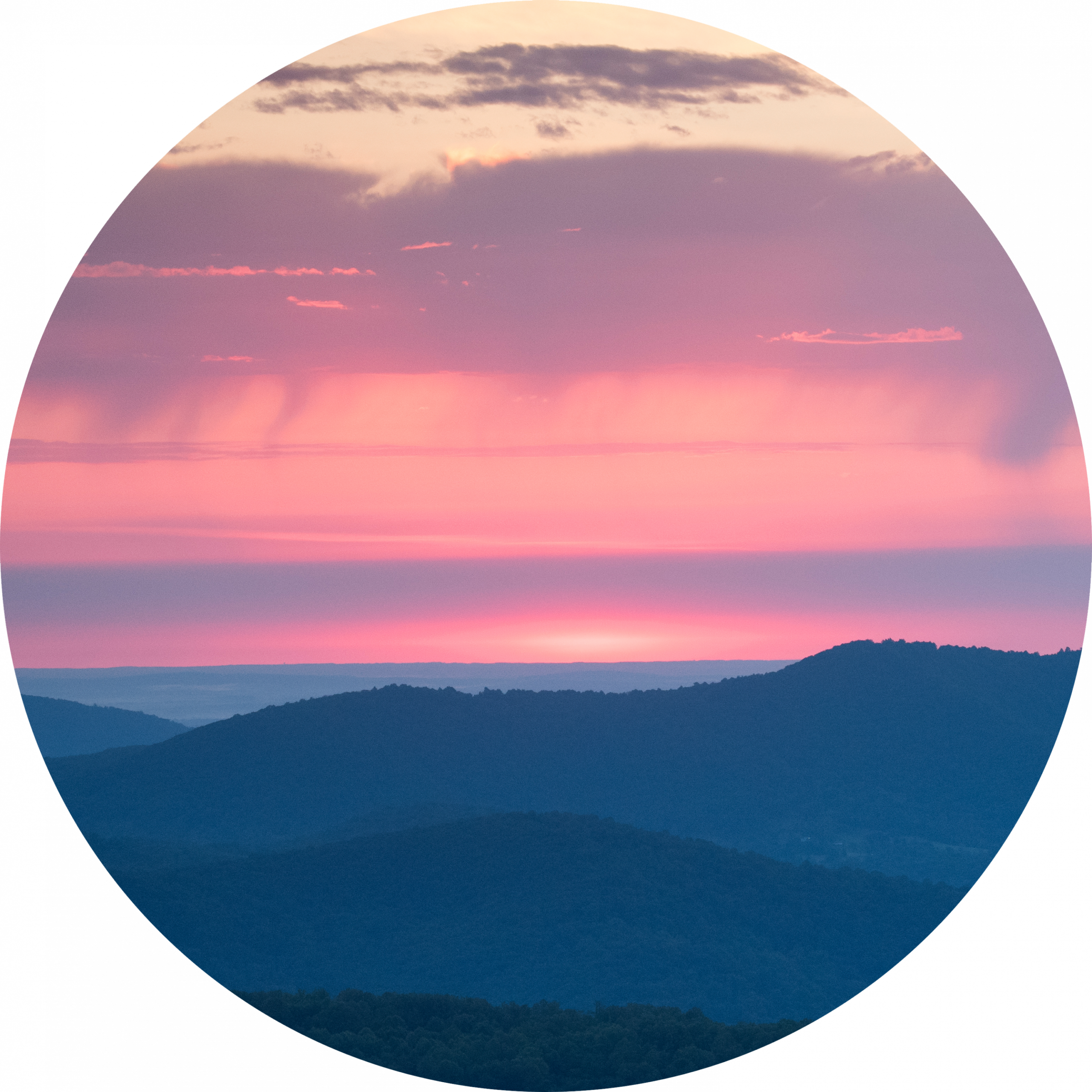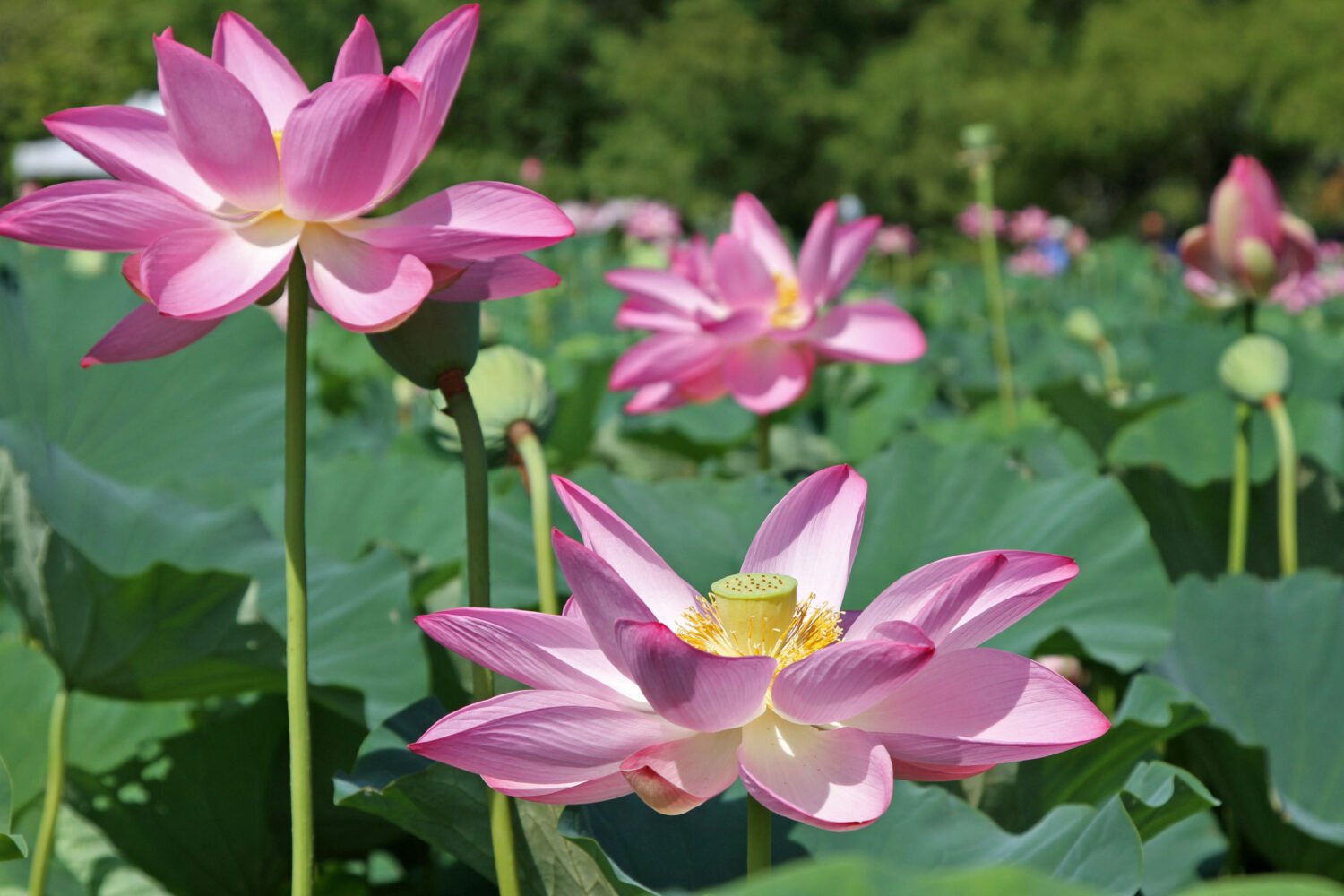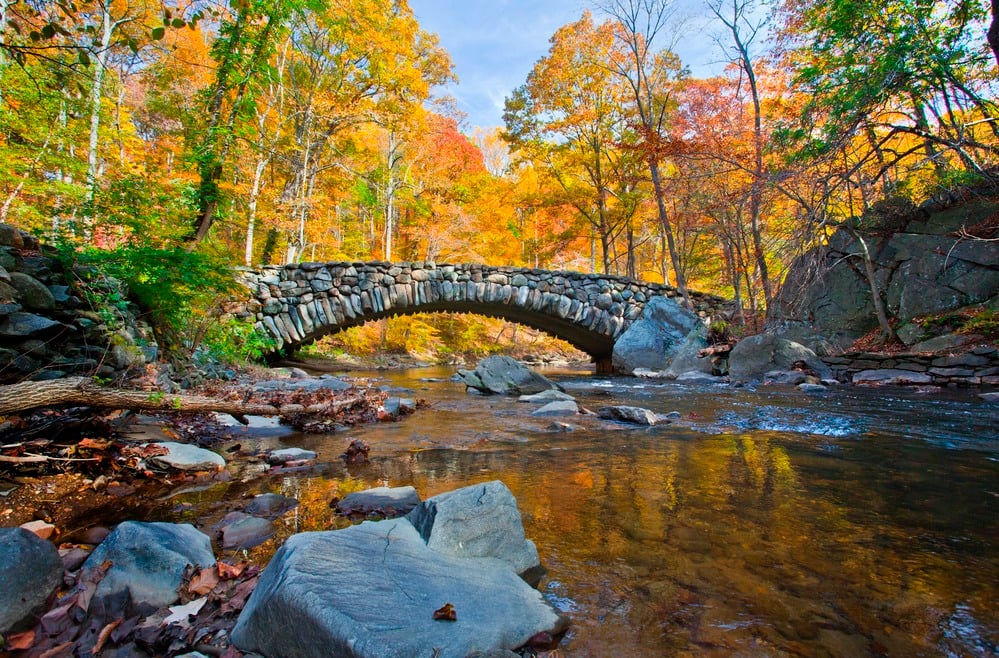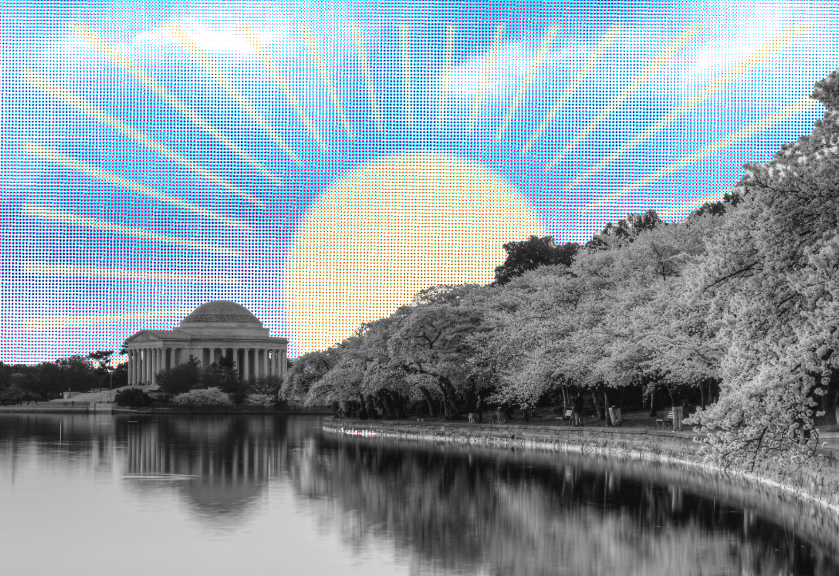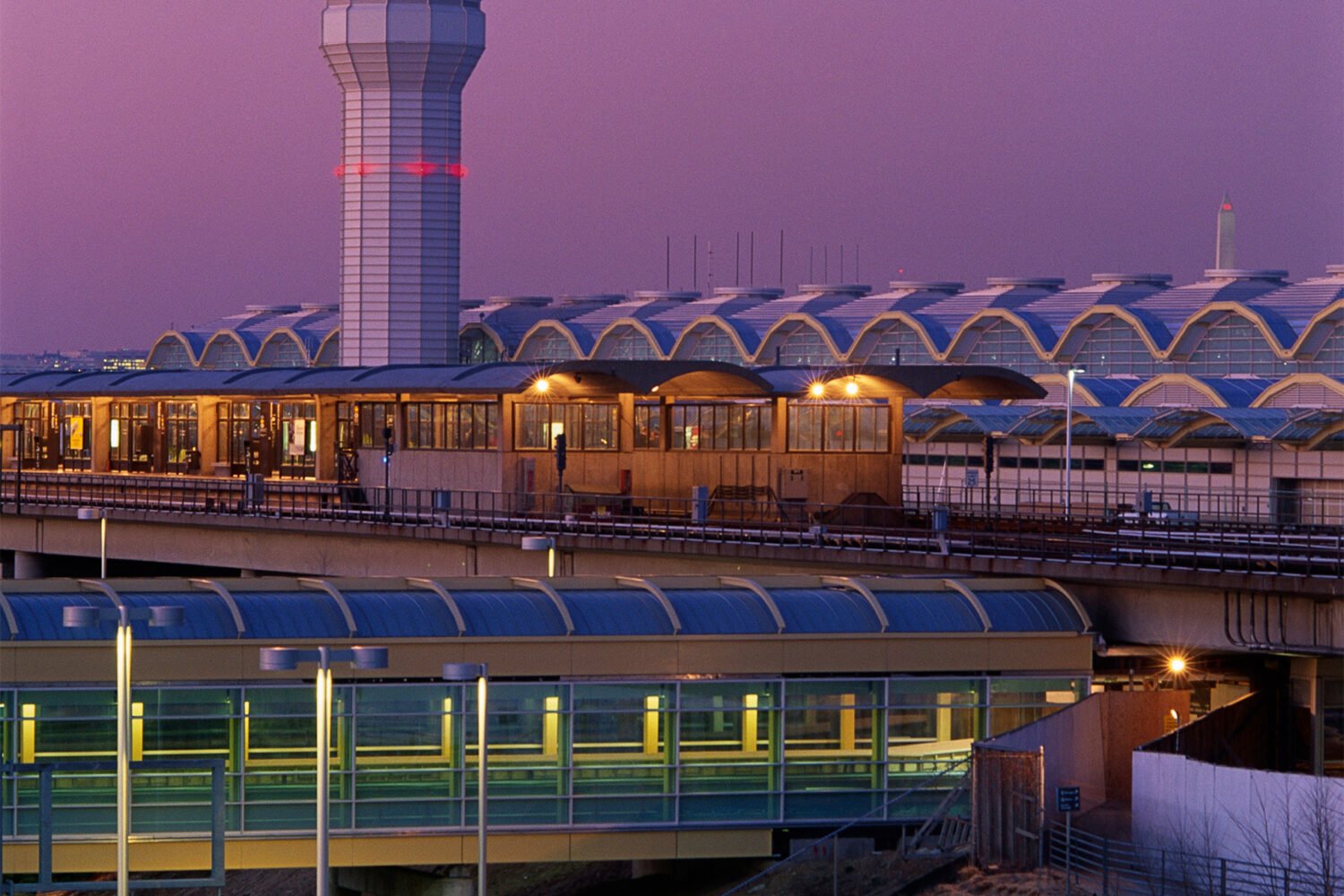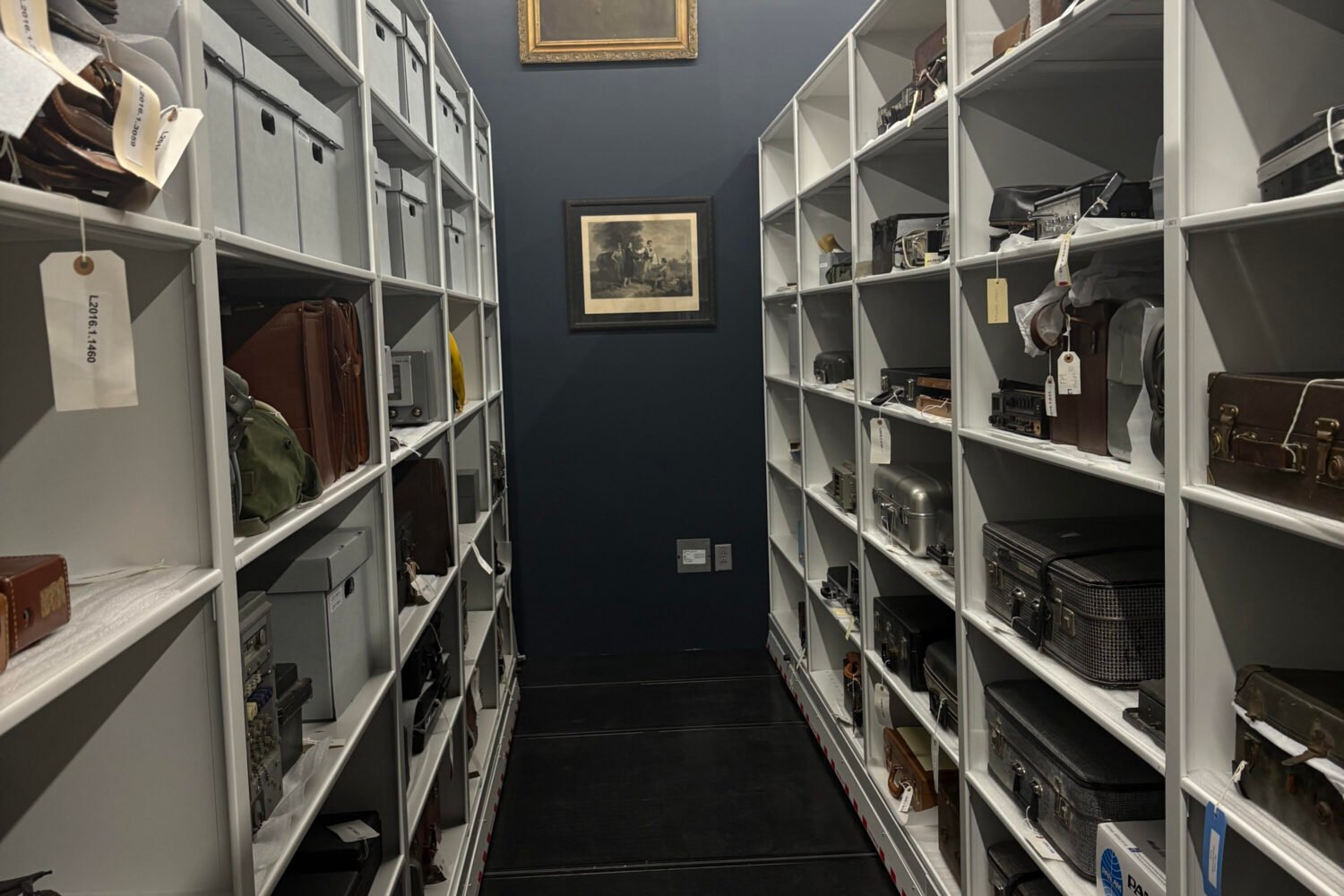About Our Favorite Parks
This article is a part of Washingtonian’s feature: Our Favorite Parks. Our editors and staff pulled together the best regional parks where you can take a walk, have a picnic, play with the kids, and enjoy the great outdoors.
Great parks for seeing birds, turtles, and other creatures great and small.
Dyke Marsh Wildlife Preserve
6401 George Washington Memorial Pkwy. (parking lot), Alexandria; 703-289-2500
One of the region’s largest freshwater tidal wetlands is a birder’s paradise that hosts about 300 species, thanks to its position on the Atlantic Flyway. Among year-round residents: herons, kingfishers, and woodpeckers. A three-quarter-mile former mining road winds through the marsh and forest. Or get an up-close perspective by paddling in from adjoining Belle Haven Marina. Friends of Dyke Marsh hosts a bird walk at 8 am on Sundays, weather permitting.
Huntley Meadows
3701 Lockheed Blvd., Alexandria; 703-768-2525
You can walk for more than three miles on the boardwalks and forested pathways of this 690-acre freshwater wetland. Thanks to its sheer size, it offers some of the best wildlife-watching close to DC—including water birds, beavers, turtles, and dragonflies. Take advantage of naturalist-led tours and other year-round programs, such as the volunteer-led Monday-morning bird walk.
Jug Bay Wetlands Sanctuary
1361 Wrighton Rd., Lothian; 410-741-9330
Located near the midpoint of the Patuxent River in Anne Arundel County, Jug Bay has more than eight miles of trails and boardwalks that run across marshes and over open water. Viewing platforms provide spectacular vistas as well as close-up views of birds, turtles, and aquatic creatures. You can take a guided canoe tour to learn about the ecology of the river (by reservation; $20).
Kenilworth Aquatic Gardens
1550 Anacostia Ave., NE; 202-692-6080
This 70-acre marsh on the east bank of the Anacostia River is known for its gorgeous water-lily ponds—which bloom May through August—but it also offers a plant-and-wildlife-rich wilderness. Be sure to walk the 1.5-mile River Trail, where you’re likely to see herons, egrets, ospreys, and bald eagles. Don’t miss the Lotus and Water Lily Festival in July.
Patuxent Research Refuge
10901 Scarlet Tanager Loop, Laurel; 301-497-5772
Created in 1936 by President Franklin D. Roosevelt as a place for the study of wildlife, Patuxent is laced with 25 miles of bike roads and trails, including paths that wind around a lake. Bring binoculars: The many birds include scarlet tanagers, best seen in tree canopies before they leaf in, iridescent indigo buntings, common in open brushy areas; and bald eagles.
This article appears in the May 2019 issue of Washingtonian.

